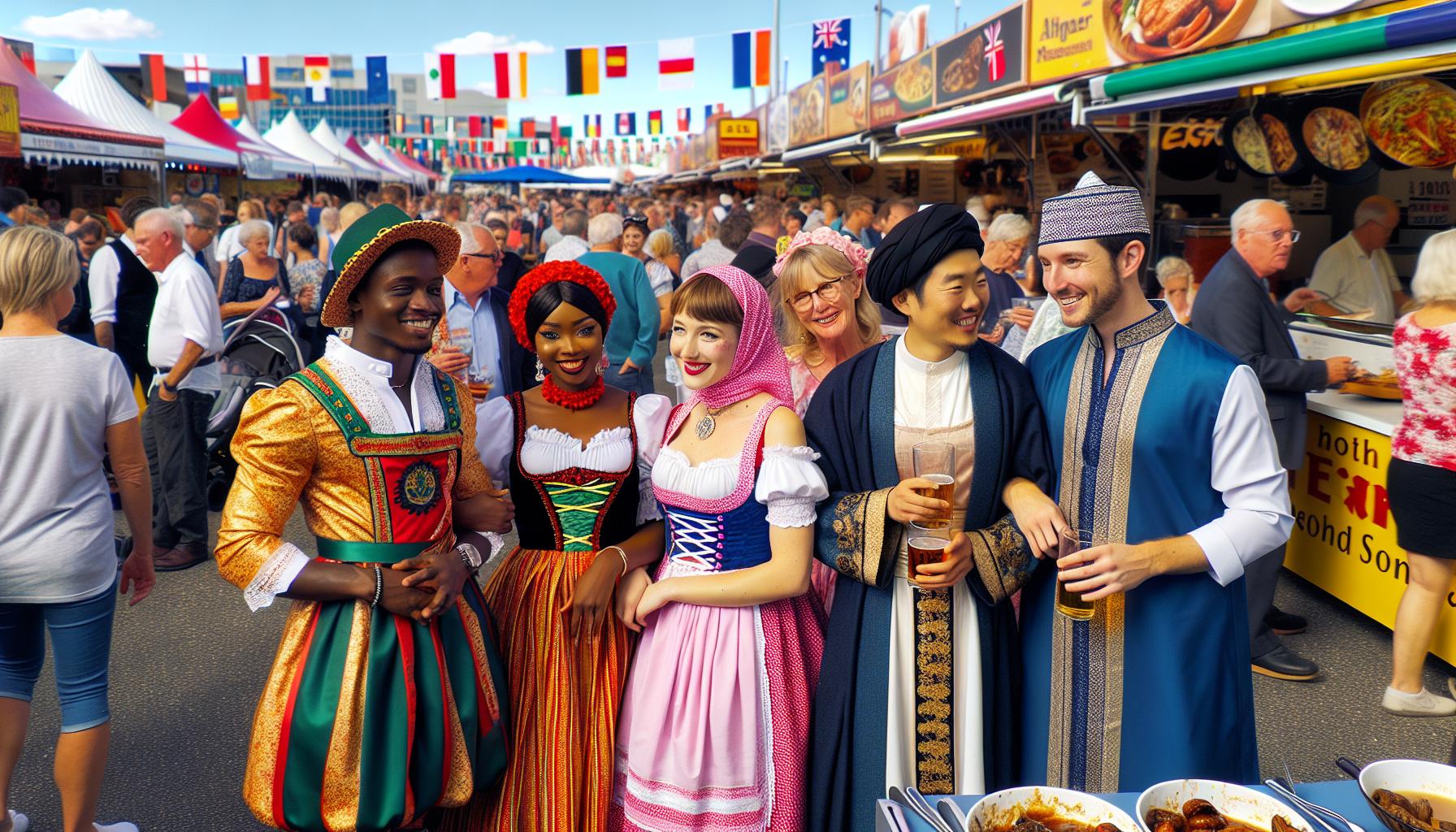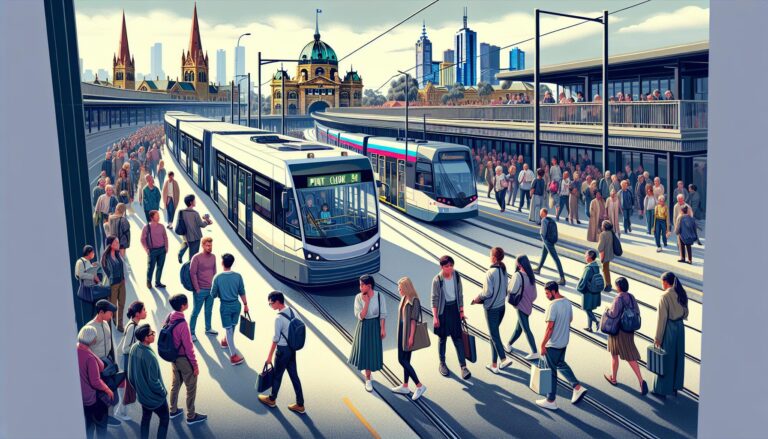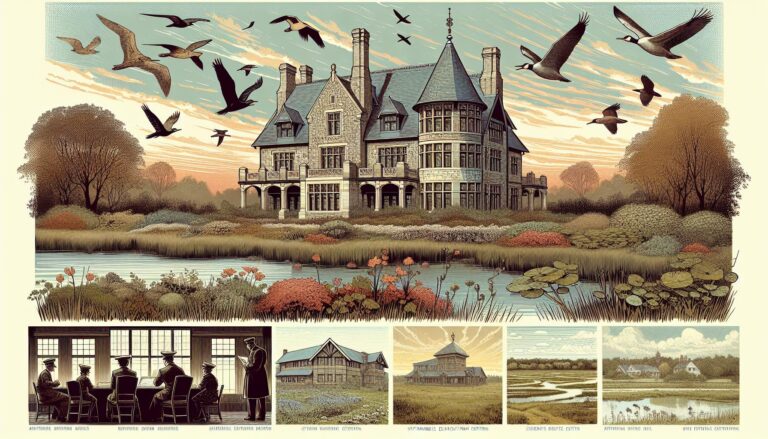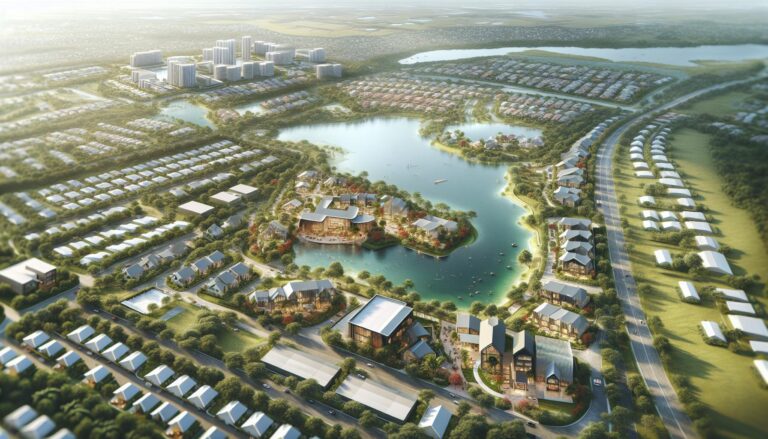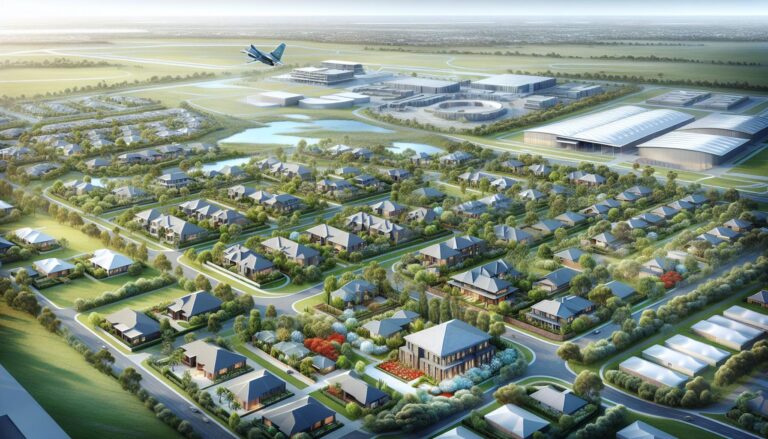Exploring Point Cook Demographics: A Melting Pot of Cultures
Historical Overview of Point Cook
When I think about how much Point Cook has changed over the years, it’s almost like peeling back the layers of a richly storied onion. The transformation from a little-known locality to a bustling suburb is nothing short of remarkable. This journey through time not only fascinates me but also sheds light on the evolving demographics and the vibrant community spirit that define Point Cook today.
Originally, Point Cook was inhabited by the Kulin nation, a collective of Indigenous Australian peoples with deep ties to the land. The significance of this area to the Indigenous community can’t be overstated, embodying centuries of culture, tradition, and connection to nature. As a lover of history, I’m continually awed by the depth of heritage rooted in this land.
The European settlement in the 19th century marked a new chapter for Point Cook, transitioning from a rich cultural tapestry to a burgeoning agricultural locale. I marvel at the stories of those early settlers, their challenges, and how they shaped the landscape, forever altering the course of this region’s history. Agriculture laid the groundwork for Point Cook’s demographic shift, attracting a diverse workforce and setting the stage for the suburb’s future growth.
Fast forward to the 20th century, and Point Cook underwent another remarkable transformation, this time as a key player in Australia’s military history. The establishment of the Royal Australian Air Force (RAAF) Base in 1912 not only put Point Cook on the map but also attracted military personnel and their families, significantly diversifying the population. It’s astonishing to consider how these historical events sewed the seeds for the multicultural, dynamic community that thrives in Point Cook today.
The late 20th and early 21st centuries heralded unprecedented growth, with Point Cook evolving from a quiet, rural locality to one of Melbourne’s fastest-growing suburbs. The numbers are truly staggering. The population surged, and with it, Point Cook’s demographics transformed. Residential developments sprouted up, catering to a burgeoning demand for housing and community facilities. This era saw an influx of young families, professionals, and a broad spectrum of individuals from around the globe, all drawn to Point Cook’s promise of a better life.
Population Growth Trends
Following the historical context of Point Cook, I find it fascinating to explore how these past events have influenced the area’s population dynamics in recent years. Point Cook’s transformation cannot be discussed without mentioning the explosive population growth that began in the early 2000s.
In the late 1990s, Point Cook was relatively lesser-known, housing a modest community. Fast forward to today, and it’s astonishing how rapidly the suburb has expanded. The growth seemed exponential and can be attributed to various factors including affordable housing, the suburb’s proximity to Melbourne’s city centre, and the rich cultural fabric that attracts people from diverse backgrounds.
Let’s take a closer look at some data to understand this growth better. Here is a brief overview of the population increase over the last few decades:
| Year | Population |
|---|---|
| 1991 | 1,737 |
| 2001 | 1,940 |
| 2011 | 32,413 |
| 2021 | 60,105 |
The table showcases a staggering jump particularly in the decade between 2001 and 2011. This period marks the turning point in Point Cook’s development trajectory, marking its evolution from a quaint suburb to one of Melbourne’s most sought-after residential areas.
The makeup of Point Cook’s residents is as dynamic as its growth. With a vibrant mix of ethnic backgrounds, the area boasts a unique cultural collage. People of more than a hundred nationalities call Point Cook home, turning it into a melting pot of traditions, languages, and cuisines.
What’s driving this continuous surge? A significant factor is its appeal to families and professionals. With its reputation for safety, good schools, and ample recreational spaces, Point Cook is an ideal location for raising children. It’s also strategically positioned for commuting to Melbourne, making it perfect for those working in the city but seeking a quieter life in the suburbs.
The development of infrastructure and amenities has gone hand-in-hand with the population growth. New shopping centres, schools, and healthcare facilities have emerged, ensuring that the residents’ needs are met. This, in turn, makes Point Cook even more attractive to potential new residents, fueling the cycle of growth.
Age Distribution in Point Cook
In diving deeper into Point Cook’s demographics, I’ve noticed that the suburb’s age distribution is fascinatingly diverse, contributing to its dynamic and vibrant community character. This diversity is not only an indicator of Point Cook’s appeal across various age groups but also highlights its capacity to cater to a wide range of needs and preferences.
The most recent statistics reveal that Point Cook’s age distribution slightly skews towards a younger population. This is particularly interesting, reflecting the suburb’s family-friendly reputation. Here’s a breakdown of the age demographics:
| Age Group | Percentage of Population |
|---|---|
| 0-14 | 22% |
| 15-29 | 18% |
| 30-44 | 28% |
| 45-59 | 20% |
| 60+ | 12% |
Families and young professionals make up a significant part of the community, with the 30-44 age group being the most prominent. This isn’t surprising considering Point Cook’s appeal to those looking for a home that balances lifestyle, amenities, and accessibility to workspaces in and around Melbourne.
The presence of a relatively large population under the age of 15 highlights the importance of local schools and family-oriented services and facilities. As a resident, I’ve observed first-hand the bustling school drop-offs in the morning, lively parks filled with children playing after school, and various community events tailored for young families.
On the other hand, the respectful representation of the 45-59 and 60+ age groups ensures a mature balance in the demographic makeup. This blend fosters a sense of community where wisdom and experience meet youthful enthusiasm and innovation. It’s not uncommon to see intergenerational activities at community centres or storytelling sessions in the library that bring together the old and young, creating a harmonious and supportive environment.
With such a variety in age distribution, Point Cook positions itself as a melting pot of cultures, ideas, and lifestyles. This diversity is crucial for the suburb’s continued growth and appeal. Schools, recreational facilities, and local businesses thrive on this demographic variety, tailoring their offerings to meet the needs of an eclectic community.
Cultural Diversity and Multiculturalism
When I first set foot in Point Cook, the vibrant cultural tapestry was unmistakable. It’s not just a place you live; it’s a mosaic of global traditions, languages, and cuisines that truly enriches the community experience.
Walking through the streets, I’ve heard snippets of conversation in languages that span the globe, from Mandarin to Hindi, Arabic to Greek. This linguistic diversity isn’t just anecdotal. According to the latest census, Point Cook is home to residents from over 100 different countries, making it one of the most culturally diverse suburbs in the region.
What stands out to me the most is how this cultural diversity has seamlessly woven into the fabric of local life. There are community festivals that celebrate everything from Diwali and Lunar New Year to Italian Festa and Greek Glendi. Year-round, these events provide a splendid opportunity for everyone in the community, irrespective of their background, to come together, share stories, and enjoy traditional cuisines. It’s a reflection of how multiculturalism is not just tolerated but celebrated and embraced.
Food, of course, plays a pivotal role in bringing cultures together. The array of eateries across Point Cook is a testament to this. Whether it’s craving authentic dim sum, spicy curries, or traditional Italian pasta, there’s a spot for every palate. But it’s not just about satisfying cravings. These family-owned restaurants and cafes mean you’re often directly supporting the dreams and ambitions of migrants who’ve chosen to call Point Cook home.
This thriving multicultural environment has profound effects on the younger generation growing up in Point Cook. Children here are naturally exposed to diverse cultures from a young age, fostering a sense of understanding, tolerance, and respect that is invaluable. Schools in the area actively promote cultural exchange, with programs that include language classes and international days, encouraging students to share their heritage.
While cultural diversity can sometimes present challenges, especially around integration and community cohesion, my observation in Point Cook is overwhelmingly positive. Efforts from both government and local community groups to facilitate cultural exchange and support for new migrants have played a key role. Initiatives such as language support services, multicultural community centres, and inclusive public events work towards bridging gaps and building a cohesive community spirit.
Conclusion
Delving into Point Cook’s demographics has been an eye-opening journey for me. It’s clear that the suburb’s cultural diversity isn’t just a statistic; it’s a vibrant, living tapestry that enriches every corner of the community. From the festivals that paint the streets in a kaleidoscope of colours to the eateries that take your taste buds on a global tour, Point Cook truly embodies the spirit of multiculturalism. I’ve been inspired by how the community comes together, celebrating their differences and learning from one another. It’s a reminder of the beauty in diversity and the strength it brings to our society. Point Cook, with its rich cultural mosaic, is a shining example of how we’re better together.

